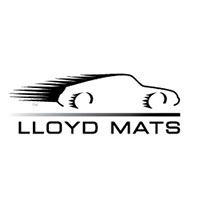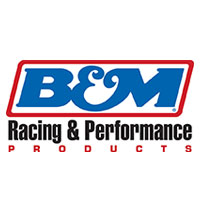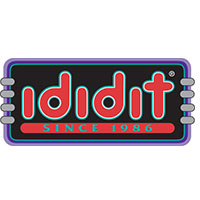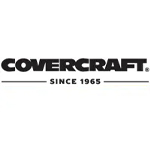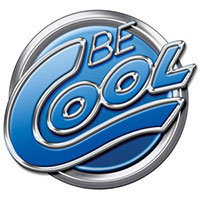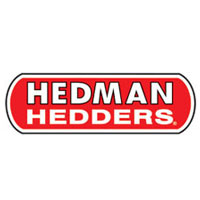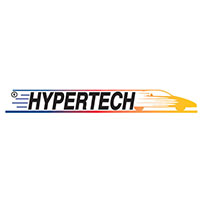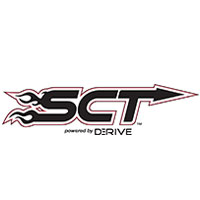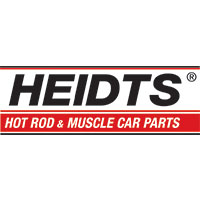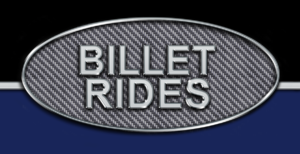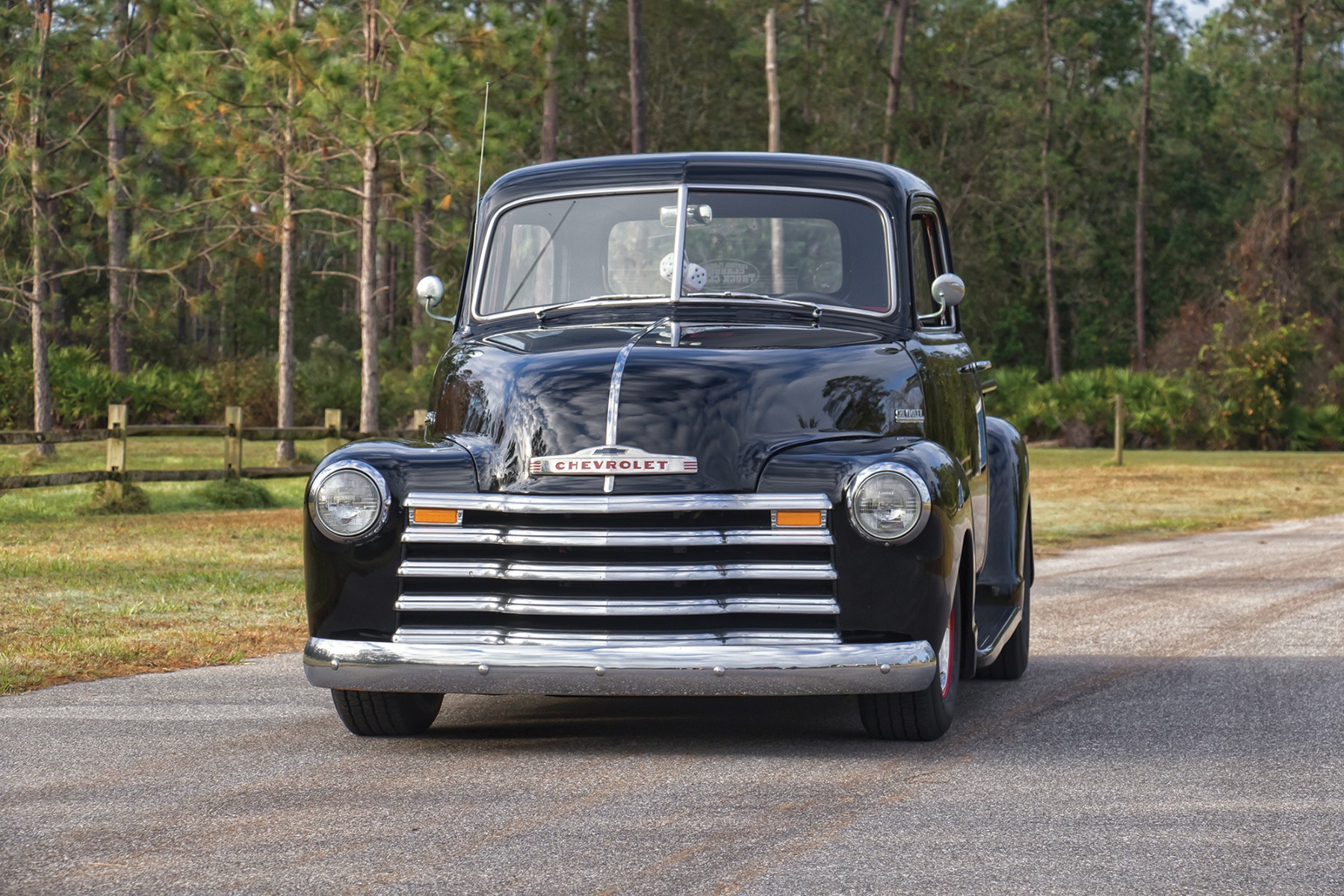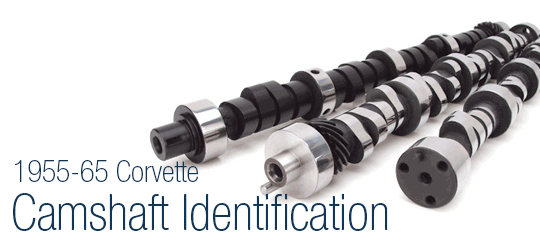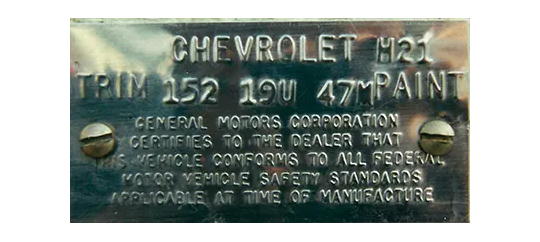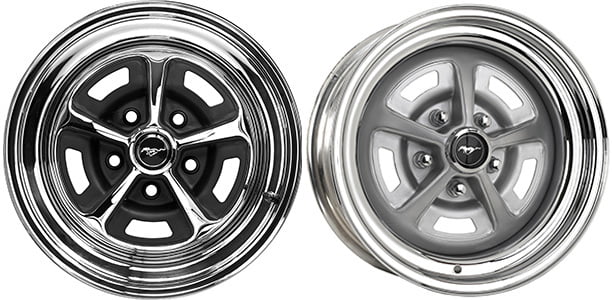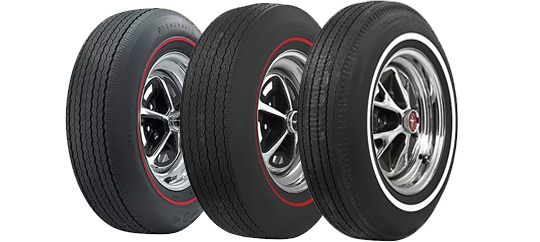Refinement: 1956 Nomad
- Jul 17, 2014
by Levi Watson Photography by Colin Date
The second year of Chevy Nomad production could be defined by one word: Refinement
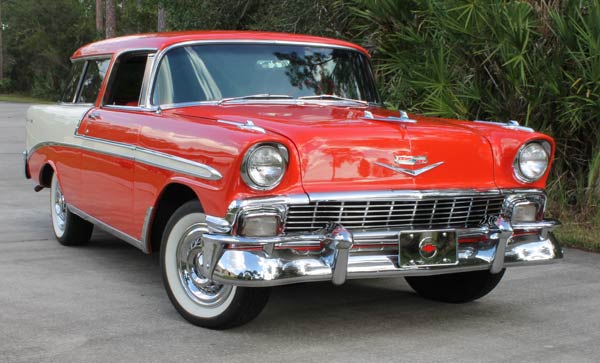 The 1950s saw some of the most radical and progressive automotive styling ever. Across the pond, Europeans were building sleek, curvaceous sports cars, but in the U.S. auto styling began to take cues from machines of flight. After World War II leading into the Space Race, American cars began to develop aviation inspired attributes like fins and cross hairs. The Chevy Nomad fell directly into this category, but it also had a lot of unique features making it instantly recognizable. The Nomad was designed to have the sporty look of a hardtop combined with the utility of a station wagon. This concept, combined with the unique styling features like the forward swept B-pillars and the wrap-around rear side glass helped turn the Nomad into the icon it is today.
The 1950s saw some of the most radical and progressive automotive styling ever. Across the pond, Europeans were building sleek, curvaceous sports cars, but in the U.S. auto styling began to take cues from machines of flight. After World War II leading into the Space Race, American cars began to develop aviation inspired attributes like fins and cross hairs. The Chevy Nomad fell directly into this category, but it also had a lot of unique features making it instantly recognizable. The Nomad was designed to have the sporty look of a hardtop combined with the utility of a station wagon. This concept, combined with the unique styling features like the forward swept B-pillars and the wrap-around rear side glass helped turn the Nomad into the icon it is today.
The Nomad was introduced as a concept in 1954 at the GM Motorama, held at the Waldorf Astoria Hotel in New York City. Known as the Waldorf Nomad, the first prototype was based on the 1953 Corvette. With a 27-piece orchestra and 12-person chorus, the Waldorf Nomad and two other Corvette-based concepts, collectively known as the “’54 Motorama Corvettes,” traveled the country showcasing new design features for Chevrolet. At GM, these concepts were called “Dream Cars” and were the creation of GM style guru Harley Earl.
At the time, station wagons were very in demand and Ford had recently introduced an upscale, two door wagon called the Country Squire. Chevy needed a sportier wagon to compete with Ford, and in the Nomad they found what they were looking for. With its forward swept B-pillars and wrap around side glass, the Nomad concept was a huge hit. In fact, the car was so well received Harley Earl made it be known he wanted Chevy to put the concept into production right away. GM brass was hesitant to approve the concept based on such a new model in the Corvette. To get the Nomad into production, Harley Earl agreed to redesign the concept based on the popular Bel Air series. In doing so, he created arguably the most iconic station wagon ever to grace the black top.
Although the 1955 passenger cars were very popular, they were not without criticism. The grille of the ’55 was widely disliked because of its narrow, Ferrari-inspired styling. GM took note and the 1956 the Nomad, along with the rest of the Bel Air series cars, sported a wider, more conventional look for the grille. This styling change combined with the unique molding and features like the hidden gas filler door make 1956 the perfect middle ground between the more muted style of the ’55 and the flashy, chrome covered ’57.
The Nomad featured here almost reminds you of a time capsule. The restoration job put heavy emphasis on originality and that really shows through. Open the hood and the first thing that jumps out is the nearly stock look of the engine bay close to 60 years after the build date; there are very few things that seem out of place. The Nomad still sports the original Hydroboost brake set up, along with the original generator/power steering pump combo unit. The original style air conditioning set up is still intact as well, but a small electric fan has been added to the A/C condenser, presumably to help the A/C stay cold during the long, hot Florida summers.
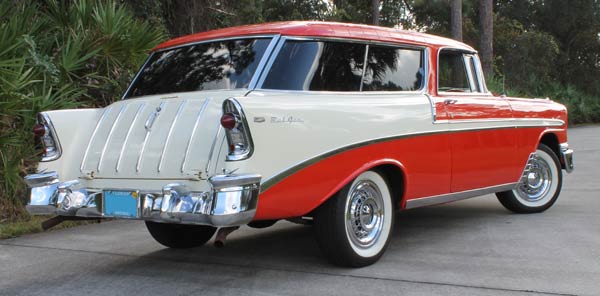 The red and white color combination gives this Nomad a classic look to both the exterior and interior and instantly triggers that “Old Car” response– that gravitational pull towards beautifully appointed classic cars. This car is a wonderful representation of what a ’56 Nomad could have been in 1956. It’s not hard to imagine a proud Nomad owner shining up the chrome on this car before taking it on a Sunday cruise. Sometimes that’s what building a classic car is all about; helping a beautifully crafted piece of machinery realize its own full potential.
The red and white color combination gives this Nomad a classic look to both the exterior and interior and instantly triggers that “Old Car” response– that gravitational pull towards beautifully appointed classic cars. This car is a wonderful representation of what a ’56 Nomad could have been in 1956. It’s not hard to imagine a proud Nomad owner shining up the chrome on this car before taking it on a Sunday cruise. Sometimes that’s what building a classic car is all about; helping a beautifully crafted piece of machinery realize its own full potential.
Shop for Tri-5 Chevy parts at www.ClassicChevy.com
Follow us on our Tri-5 Facebook page. Click here and Like us!







